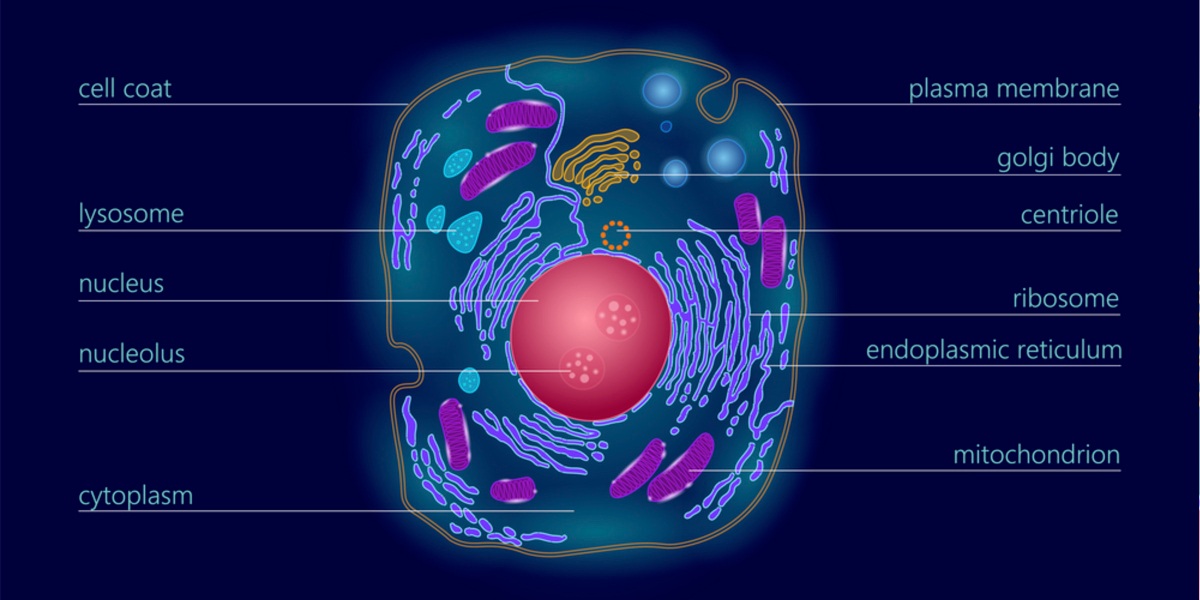|
|
What are exosomes? For many years, exosomes were considered to be transporters of cellular waste, but they are now recognized for their essential role in intercellular communication and transportation.
In this article:
- Definition of Exosomes
- Exosome Size
- Exosome Sources
- Exosome Characteristics
- Exosome Research
- Cancer Exosomes
- Exosome Therapeutics
- First EV Therapeutic Entering Human Trial
- Exosome Market
Definition of Exosomes
Exosomes are defined as small vesicles ranging from 30-100nm in size that are found in nearly all eukaryotic fluids and facilitate a range of important cellular functions. They transfer DNA, RNA, and proteins to other cells, thereby altering the function of the target cells.
Exosome Size
The diameter of exosomes can range from 30 nm on the low end to 150 nm on the high end. Because exosomes have a low refractive index and are less than 150 nm in diameter, the separation of exosomes from similar sized cells and vesicles can be a challenge. For this reason, the isolation of pure populations of exosomes may involve physical techniques based on size and density, as well as techniques that utilize biochemical parameters.
Exosome Sources
Exosomes are present in nearly all body fluids, including:
- Blood
- Urine
- Saliva
- Synovial fluid
- Amniotic fluid
- Semen
- Vaginal fluid
- Breast milk
- Serum and plasma from cancer patients
- Cultured medium of cell cultures
- And more
Exosome Characteristics
Exosomes are characterized by the following features:
- Range from 30-100nm in size
- Found in nearly all bodily fluids
- Exported by all eukaryotic cell types
- Exosome properties reflect the donor cell
- Produced in extremely abundant amounts
Exosome Research
A review of exosome activity reveals that there has been a explosion in scientific research in recent years. For decades, exosomes were considered extracellular byproducts, but these nano-sized vesicles are now becoming increasingly recognized for their critical role in intercellular communication for both healthy and diseased cell types.
Exosomes have an extraordinary ability to transfer proteins, DNA, mRNA, non-coding RNAs. Substantial research suggests that understanding the role of cancer exosomes will be critical to the future of human health, because exosomes have the potential to be used in cancer prevention, diagnosis, and therapeutic care.
Exosome research are being rapidly explored within academic research settings and private industry. When exosome publications are analyzed, U.S. authors have published approximately 40% of the articles and China takes second place. However, when the term “exosome” is searched in the scientific literature, Dr. Susanne Gabrielsson from the Karolinska Institutet in Sweden is the leading author with 37 articles.
When the term “extracellular vesicles” is searched, Unicyte AG, a regenerative medicine unit of Fresenius Medical Care, takes the lead. The company has published 100+ papers on exosomes and extracellular vesicles in collaboration with Professor Giovanni Camussi.
Cancer Exosomes
Exosomes are released in high quantities from rapidly growing cells, including all forms of cancer. It is known that cancer exosomes contribute to metastasis through intercellular communication. Although exosomes are produced by all cells to facilitate bodily functions, on a cell-for-cell basis, cancer cells release larger quantities of exosomes.
Cancer exosomes are also unique, because they are surrounded by protein “ribbons” known as chaperones. While these ribbons can vary in size and shape on the surface of exosomes from different types of rapidly growing cells, they are always present.
Because exosomes exhibit biomarkers specific to the cancerous cells that have released them, exosomes also have great potential to be used within theranostic applications. Theranostics is a field of medicine that provides patient-specific therapy based on findings from targeted diagnostic tests. Finally, cancer exosomes have great potential to be used within diagnostic tools and liquid biopsies for non-invasive detection of cancer.
There are three common applications of exosomes in cancer, which are:
- Exosomes facilitate cancer activity, including tumor formation (tumorigenesis), spread (metastasis), blood vessel growth (angiogenesis), and immune evasion.
- Cancer exosomes can be used as biomarkers within diagnostic tools.
- Cancer exosomes can be used to select targeted treatments for cancer patients based on their unique disease progression.
Exosome Therapeutics
In recent years, exosomes have gained momentum within the medical research community as a type of cell-free therapeutic. Numerous approaches are being researched for creating drug-loaded exosomes and exosomes themselves can exert powerful effects. For example, mesenchymal stem cell (MSC) derived exosomes have the capacity to suppress inflammation, prevent scar tissue formation, and mediate a healthy immune response. Similarly, if a patient has a disease caused by a missing or defective protein or microRNA, the patient’s exosomes can be isolated, modified with the appropriate siRNA or protein, and injected back into the patient for treatment.
Today, over one-hundred companies are involved with developing exosome therapeutics, diagnostics, research products, and manufacturing platforms.




















Tell Us What You Think!